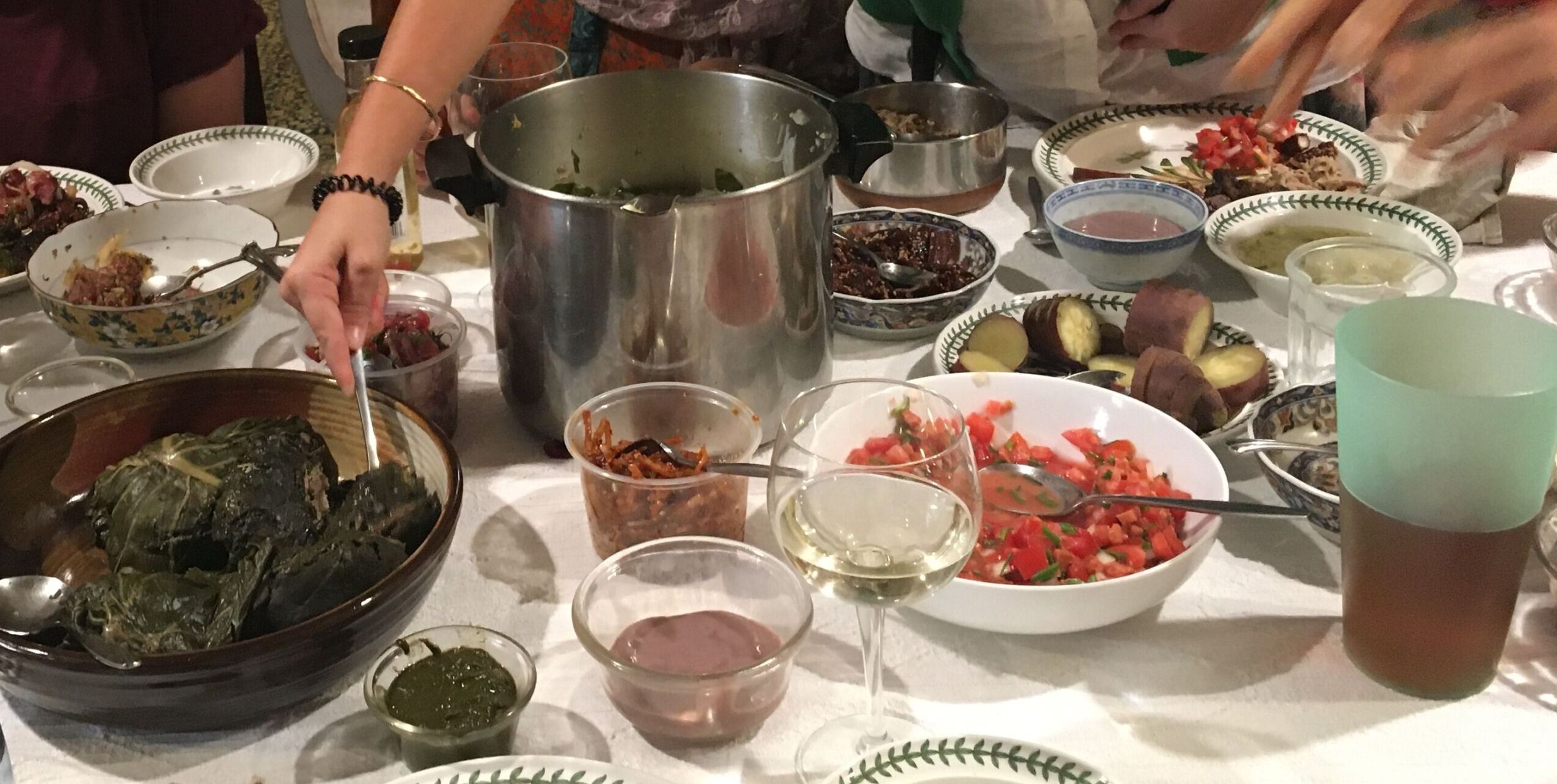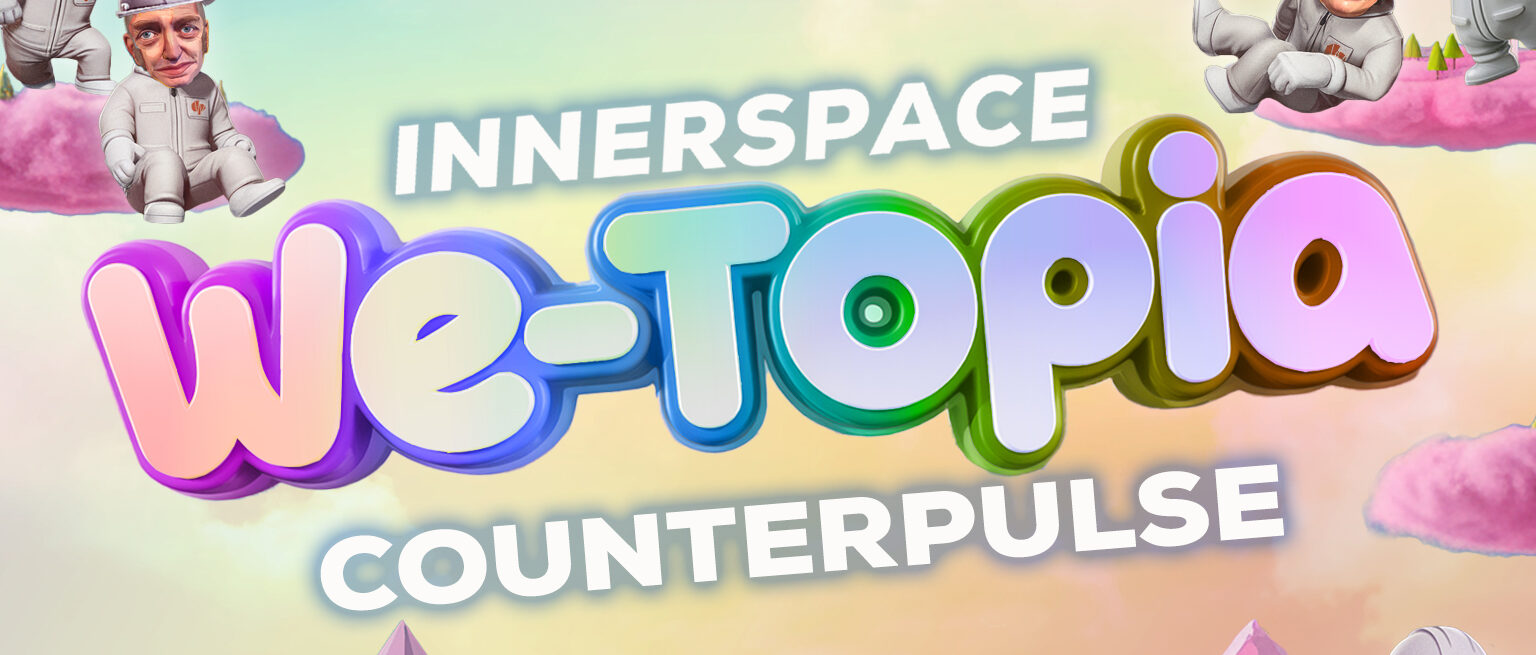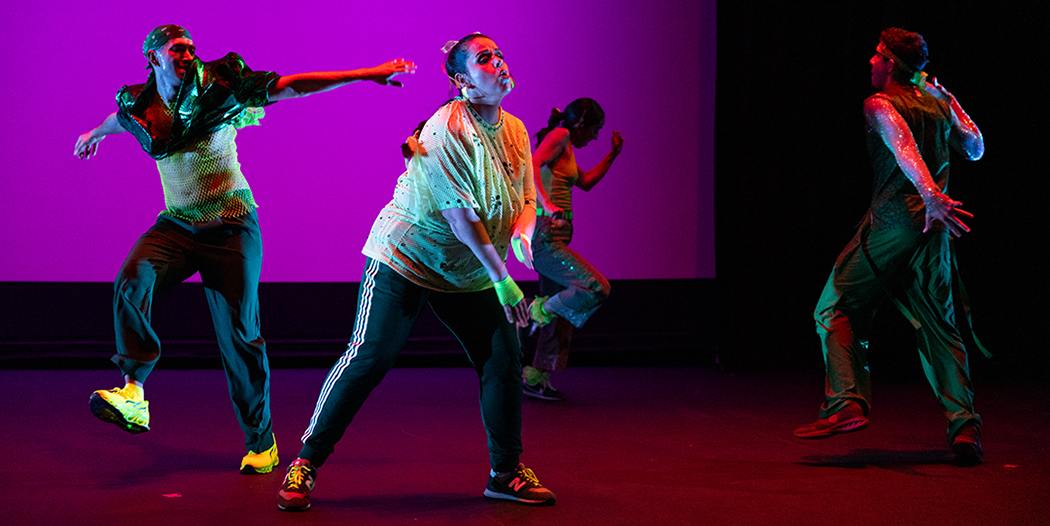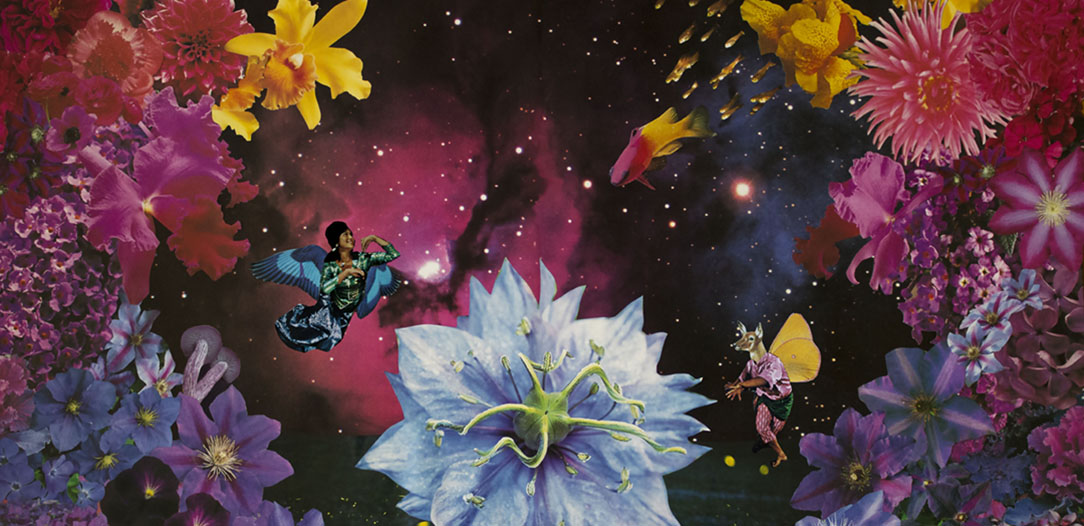At the CounterPulse Festival this September, The Performance Primers will be hosting a virtual panel discussion and mixer titled “Queeratorial Collectives Do It Themselves“. This conversation will explore how working on a grassroots level outside conventional venues and capitalist values opens up new possibilities and invites deeper engagement among audiences and artists. Ahead of this discussion, Hannah Ayasse, CounterPulse’s Program Manager and co-founder of the Performance Primers, reflected on the role of permission in creating artistic works.
RSVP Here for Queeratorial Collectives Do It Themselves
September 10th on Twitch & September 17th at Oakland Township Commons
I’ve never been one to blow on my soup. I taste food as I’m cooking directly from the pan even as my partner tells me dinner will taste better without a burnt tongue. I want to feel what’s happening as it’s happening.
I think it’s also why I’ve always danced, always taken my shoes off in the sand, always put my hands in public fountains. I want to feel what’s happening as it’s happening.
Letting curiosity drive my hands means acting on inspiration when it comes and not fabricating it when it’s not there. It’s tending to a practice of tracking my own personal rhythms so that no fruit is picked too soon or left to rot. Sight, smell, taste, touch, sound, and spirit. It’s finding truth through incoherence and letting the feeling between my ribs speak for itself.
It also means it’s been a challenge for me to fit into whatever time cycles of whatever fiscal year we happen to be in. It means that yes, I see plenty of websites helpfully collecting resources for emerging artists but no, I haven’t yet figured out how to keep my fire burning in the face of their extinguishing budget templates and google forms. Cooperating with the business structures of The Arts is an art in and of itself. And I haven’t yet decided whether I want to cooperate.
I am fascinated by the concept of permission. Before I can even get halfway through an application, I question the inherent value in a grant or an accolade. Of course… there is monetary value but if what I really need is time, materials, and eager collaborators to make the art I am inspired to make, I’m convinced there are many other ways to come about those things.
Don’t get me wrong, we should pay artists well for their work and value them as vital culture makers and sustainers. But I fear we place the value on the name of the funder or the owner of the house more than the spirit that gives it its life. What I really mean is we artists can’t equate payment with permission.
I feel tension between practice and permission. I relish in the freedom and the challenge to make what I can make with the time and resources that I already have at my disposal.

Sometimes that means all I‘m making is dinner and all I’m doing is burning my tongue. At least nobody is paying me to do it. At least my deadline is my rumbling tummy.
I dream of art and performance being just as accessible as a home cooked meal we share with loved ones and just as beautiful, just as regular. I mean, your auntie can do it just as well as that man who has a gallery opening coming up next month. I mean, we see performance all over social media and yeah, I guess we need some rigor to push creative thinking beyond a 15 second tiktok? I guess?
I dream of an end to the bio in the program. Or at least if we continue to list other people’s names in our own bios, I dream of this list being the names of our mothers, our teachers, and our newest friends who give us butterflies rather than the settler who gave the most money to your alma mater.

How many people do I need to look at me to find creative value in my own practice? How many people do I need to give me money? Where did I save the latest version of my resume? I haven’t yet added a bullet point about how I recently learned to sew because I wanted to mend my great-Tutu’s quilt that she made out of extra mu’umu’u scraps
In a recent documentary, Black Art: In The Absence of Light, Theaster Gates asked “Do we have the capacity to be great makers in the absence of light? And if Blackness has something to do with the absence of light, does Black Art mean that sometimes I’m making when no one’s looking?” The “we” he speaks of is not a “we” I belong in. I am not Black. I am Native Hawaiian, Chinese, Austrian, and German. I don’t and won’t ever know the particular experience of being Black in an anti-Black culture. But Gates is one of countless past, present, and future Black artists that have shaped and guided my view of the world with their brilliance. He says that until Black artists have their own spaces of exhibition and research, until they become masters of their own light, he is “not happening.” He continues… “I’d rather work in darkness because at least I know I’m working. I don’t want to work only when the light comes on. My fear is that we are being trained and conditioned to only make if there’s a light and that makes us dependent on a thing we don’t control.”
It rings in my ears.
I don’t want to work only when the light comes on. I don’t want to work only when the light comes on. I don’t want to work only when the light comes on.
It reminded me of Rebecca Solnit’s Faraway Nearby
“Creation is always in the dark because you can only do the work of making by not quite knowing what you’re doing, by walking into darkness, not staying in the light. Ideas emerge from edges and shadows to arrive in the light, and though that’s where they may be seen by others that’s not where they’re born.”
I don’t have to work with the light on. I can stay in the dark. I can decide.
I know there is irony in the fact that you might be reading this on a blog by the art institution I work for. I love this place – CounterPulse – because really all it is is a solid but mutable group of human beings working in service of a community of creative people. There’s constant irony within capitalism. Beauty ads are supposed to make you feel ugly. Creative work should be paid for but not commodified. Nonprofits can only support those who want to be supported by them.

The sudden drawing-back of opportunity and resource that the pandemic set off has been clarifying in many ways. Personally, it clarified my relationship to permission when it comes to my art practice. Despite the closure of studios and theaters, I felt no more limited than I had before. Maybe I felt too limited before? But some improvisation teacher somewhere along the way told me that “limitation is liberation” and whatever truth lies within that statement stuck with me. It means you have a container now so you know how big your canvas is. It means there are less possibilities so you can focus on the options that still do exist. Rather than continuing to scratch my head at my dissatisfaction with the available creative pathways, when the pandemic closed the gate on the pathways I’d been gazing at, I realized I could give myself permission to step away. I could remember that I love watching the sun move across the room through my yellow curtains.
I remembered that no one can give me permission to make my art but me. Resources parade as permission but they are something else. And really, if we stop making with what we have while we are waiting for more to become available, what will we make when more becomes available? What will we know how to make? What muscles will we make with?
I don’t have to work only when the light comes on. I don’t have to work with the light on at all.
RSVP Here for Queeratorial Collectives Do It Themselves
September 10th on Twitch & September 17th at Oakland Township Commons
Share This!
More Good Stuff
Thursday March 6th • 5PM - 10PM Step into a world where imagination shapes reality at CounterPulse’s annual gala! This year, INNERSPACE: We-Topia is
Primera Generación Dance Collective is ready to be back in San Francisco! We are so excited to perform and be in community with our
Embodying Utopia is a project created to give queer people the space to imagine what an ideal world would look like for them.




